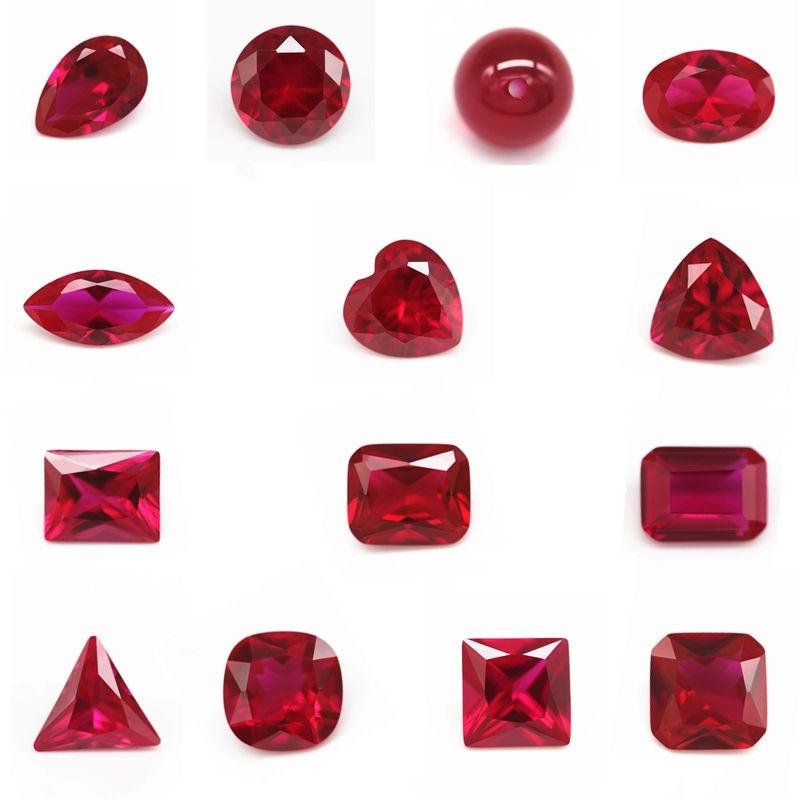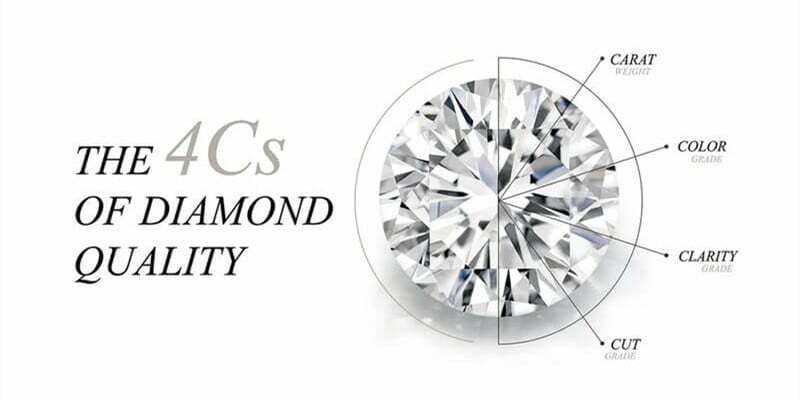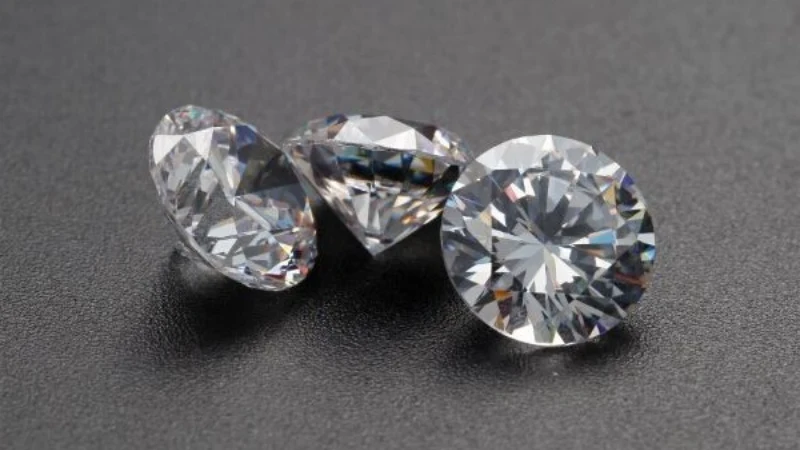Description:
Red Corundum (Ruby): A Comprehensive Overview with Emphasis on Lab-Created Variants
Introduction to Red Corundum
Red corundum, commonly known as ruby, is one of the most coveted gemstones in the world. Chemically composed of aluminum oxide (Al₂O₃) with trace amounts of chromium (Cr³⁺) responsible for its iconic red hue, ruby ranks 9 on the Mohs scale of hardness, making it exceptionally durable for jewelry. Its color spectrum ranges from pinkish-red to deep “pigeon’s blood” red, with value heavily influenced by saturation, clarity, and cut.
Lab-Created Ruby: Science Meets Art
Lab-grown rubies share identical chemical, physical, and optical properties with their natural counterparts but are synthesized under controlled conditions. These stones are not “imitations” but true corundum, offering ethical and sustainable alternatives to mined gems. Key methods include:
1. Flame Fusion (Verneuil Process)
Process: Aluminum oxide powder mixed with chromium is melted in a high-temperature flame, forming a crystal “boule” as it cools.
Characteristics: Affordable, rapid production (hours), but may show curved growth lines and gas bubbles under magnification.
2. Czochralski (Pulling Method)
Process: A seed crystal is dipped into molten corundum and slowly pulled upward, forming a single crystal.
Output: High-clarity stones with minimal inclusions, often used in lasers and high-end jewelry.
3. Hydrothermal Synthesis
Process: Mimics natural geological conditions using high-pressure, high-temperature aqueous solutions to grow crystals over weeks/months.
Quality: Produces gems with growth structures and inclusions resembling natural rubies.
4. Flux-Growth Method
Process: A flux (molten solvent) dissolves aluminum oxide and chromium, allowing crystals to form slowly as the solution cools.
Features: May contain flux residues resembling natural inclusions, enhancing authenticity.
Differentiation: Natural vs. Lab-Created Ruby
- While visually identical, advanced gemological tools can distinguish them:
- Inclusions: Natural rubies often host minerals like rutile needles or zircon crystals; lab-grown versions may show flux residues, platinum particles, or curved striae.
- Fluorescence: Some lab rubies exhibit stronger red fluorescence under UV light.
- Spectroscopy: Absorption bands (e.g., 694 nm chromium line) are present in both, but growth patterns differ.
- Certification: Reputable labs (e.g., GIA, IGI) use terms like “Laboratory-Grown” on reports.
Advantages of Lab-Created Rubies
- Ethical: Avoids mining-related environmental and social issues.
- Affordability: Priced 50–90% lower than natural rubies of similar quality.
- Customization: Enables precise control over color and size for bespoke designs.
- Sustainability: Reduced carbon footprint compared to mining.
Applications & Market Trends
Lab-grown rubies are widely used in:
Jewelry: Bridal rings, statement pieces, and heirloom-quality designs.
Technology: Watch bearings, laser components, and optical instruments due to their durability.
Fashion: Embraced by eco-conscious brands and consumers seeking transparency.
Conclusion
Lab-created rubies represent a triumph of modern gemology, blending science with beauty. They democratize access to a historically exclusive gem while aligning with sustainable values. As technology advances, these stones continue to redefine luxury, proving that brilliance need not come at the cost of ethics or the environment.




